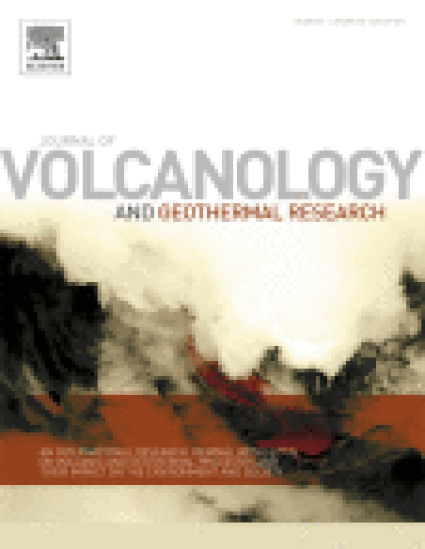
We use infrasound waves generated during eruptions of Volcán Tungurahua (Ecuador) to study both, changing atmospheric conditions and volcanic source characteristics. Analyzed infrasound data were recorded for a 32-month period by a five-station network located within 6.5 km from the vent. We use cross-network correlation to quantify the recurrent eruptive behavior of Tungurahua and results are corroborated by reports from the Ecuadorian monitoring agency. Cross-network lag times vary over short time periods (minutes to days) when vent location is stable and attribute these variations to changes in atmospheric structure. Assuming a fixed source location, we invert for average air temperatures and winds in Tungurahua's vicinity (< 6.5 km) and find evidence for diurnal and semidiurnal tropospheric tides. We also use cross-network correlation lag times to compute infrasound source positions with resolutions of ~ 11.6 m, taking into account coarse NOAA atmospheric models for local winds and temperatures. Variable infrasound-derived source locations suggest source migration during the 32 months of analyzed data. Such source position variability is expected following energetic eruptions that destructively altered the crater/vent morphology as confirmed by imagery obtained during regular overflights.
